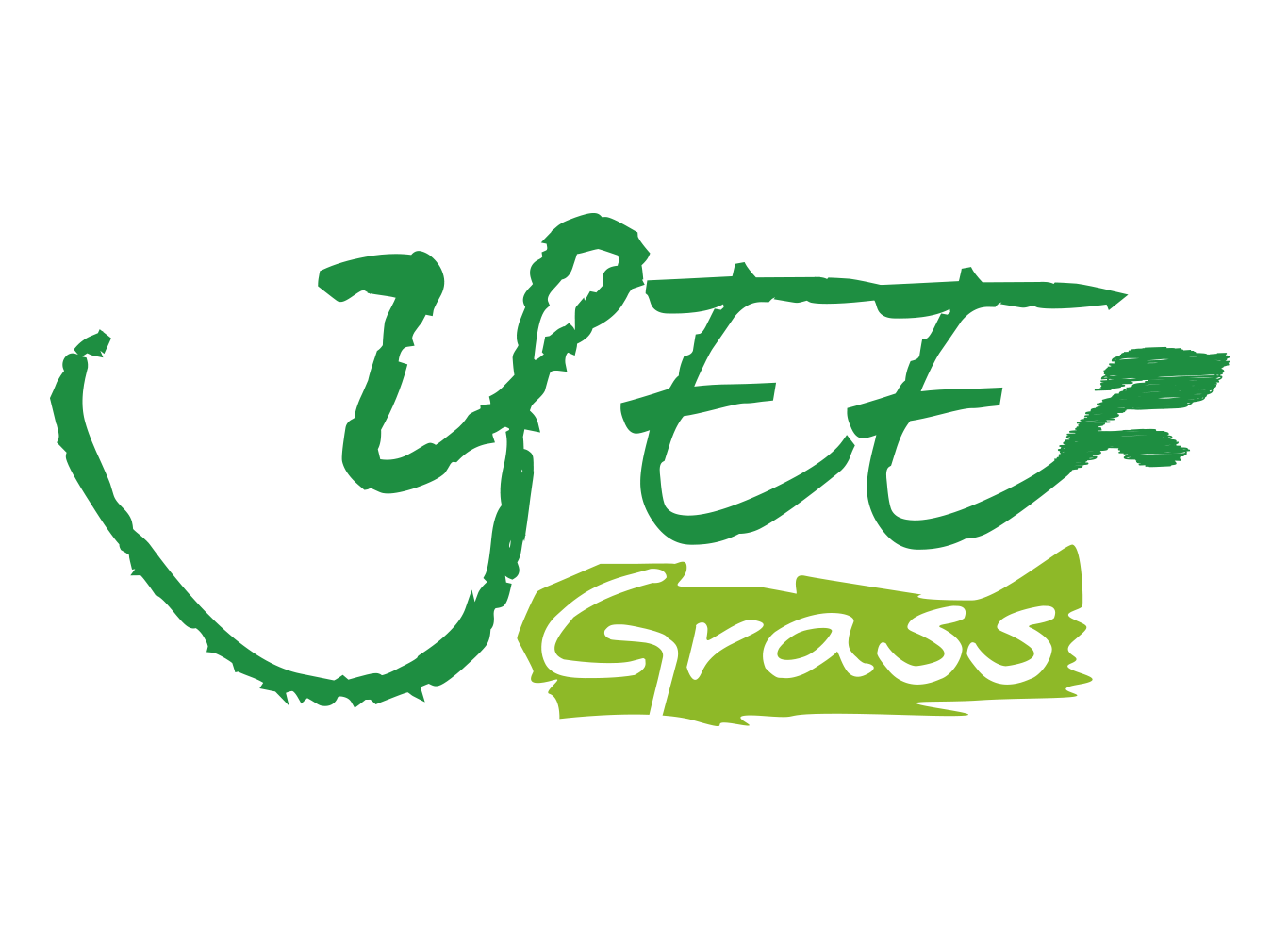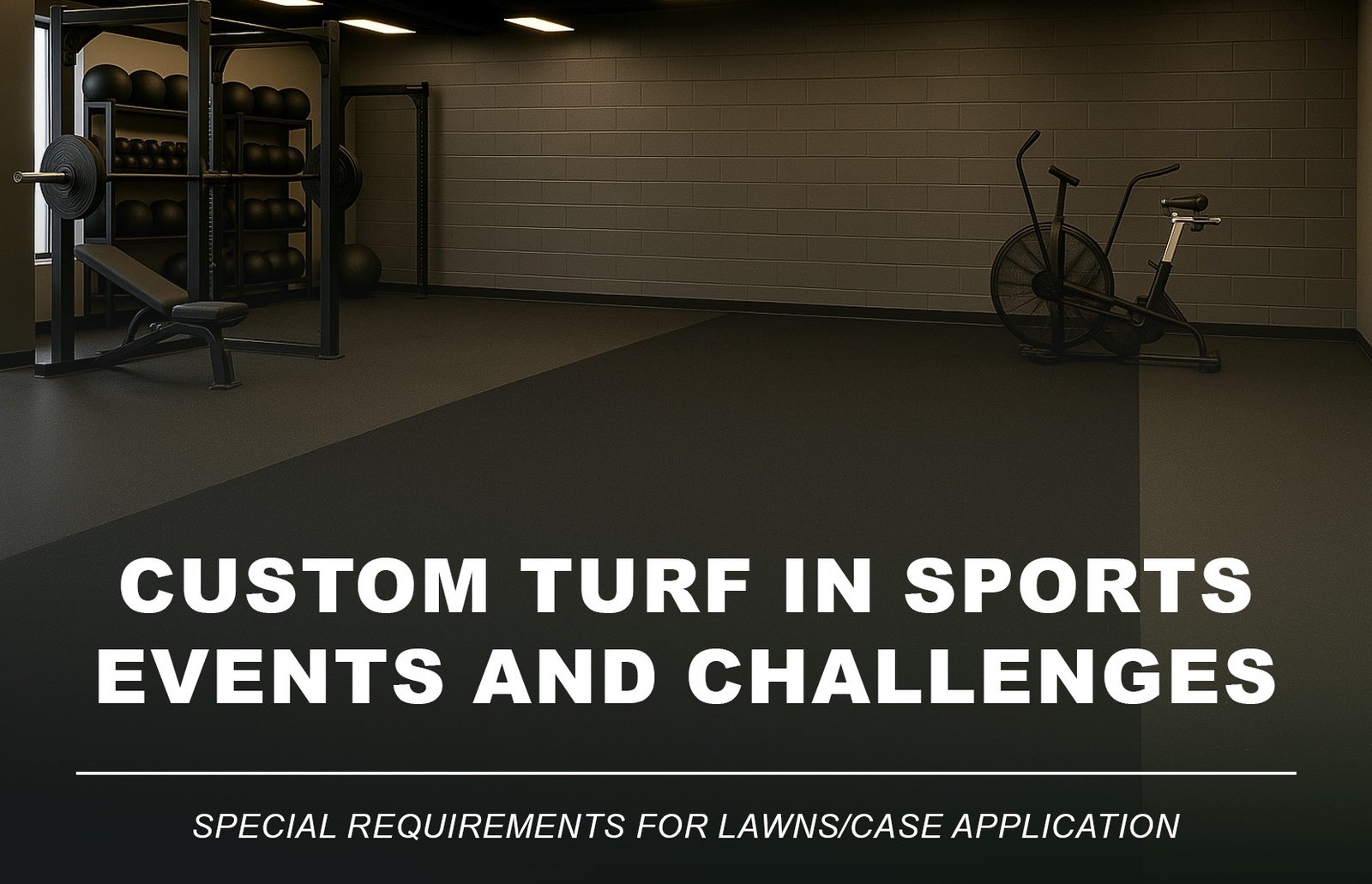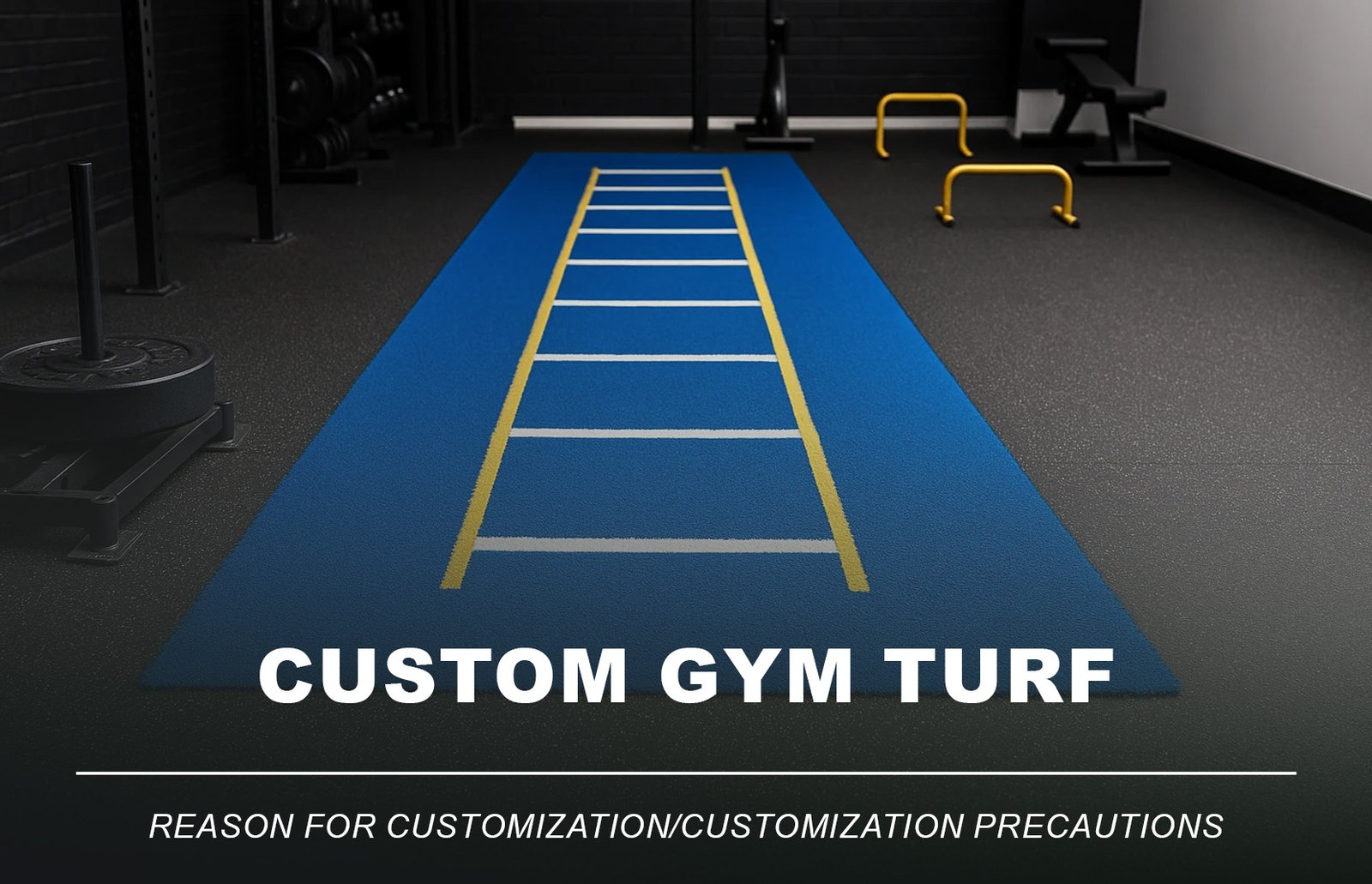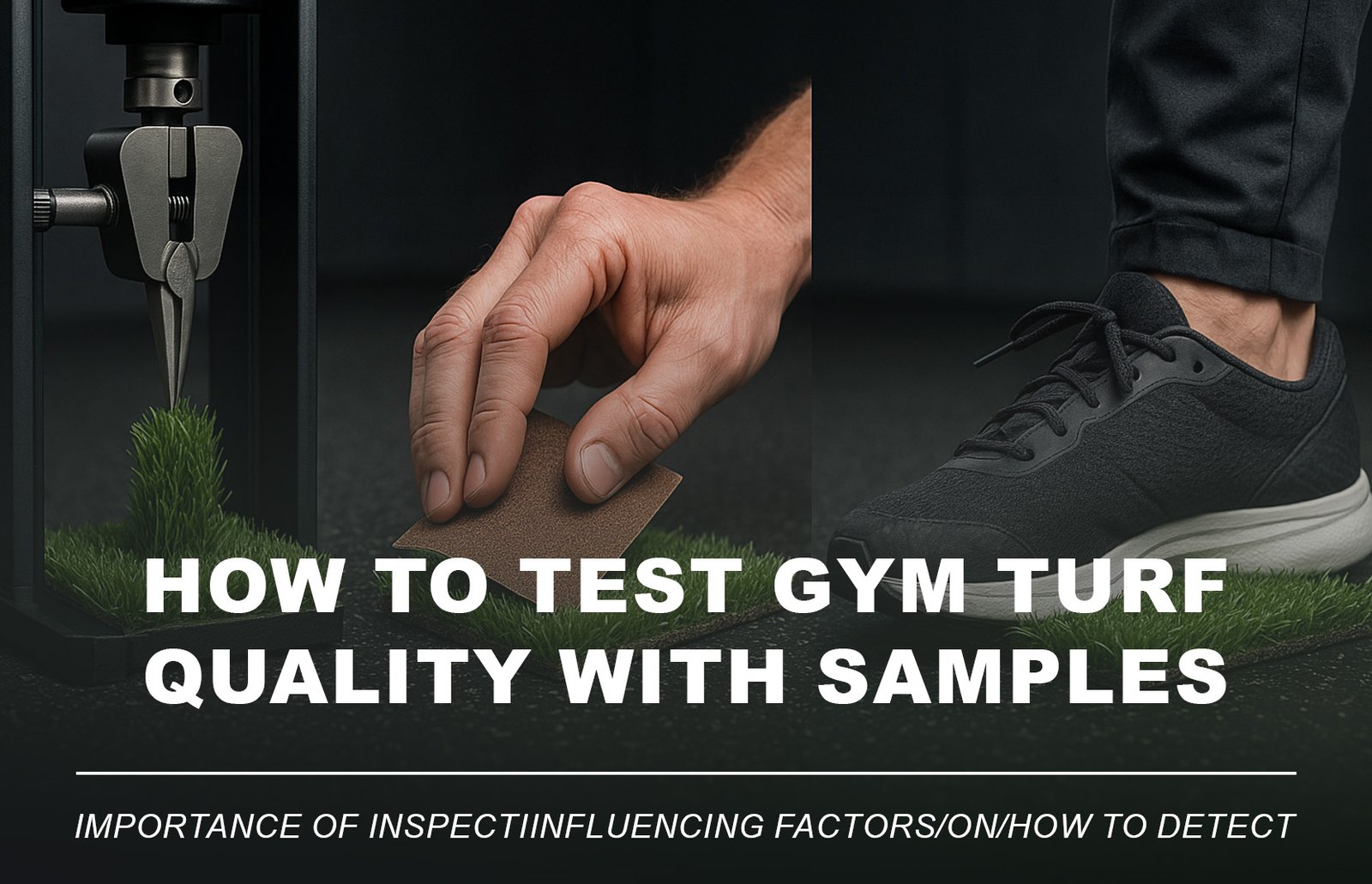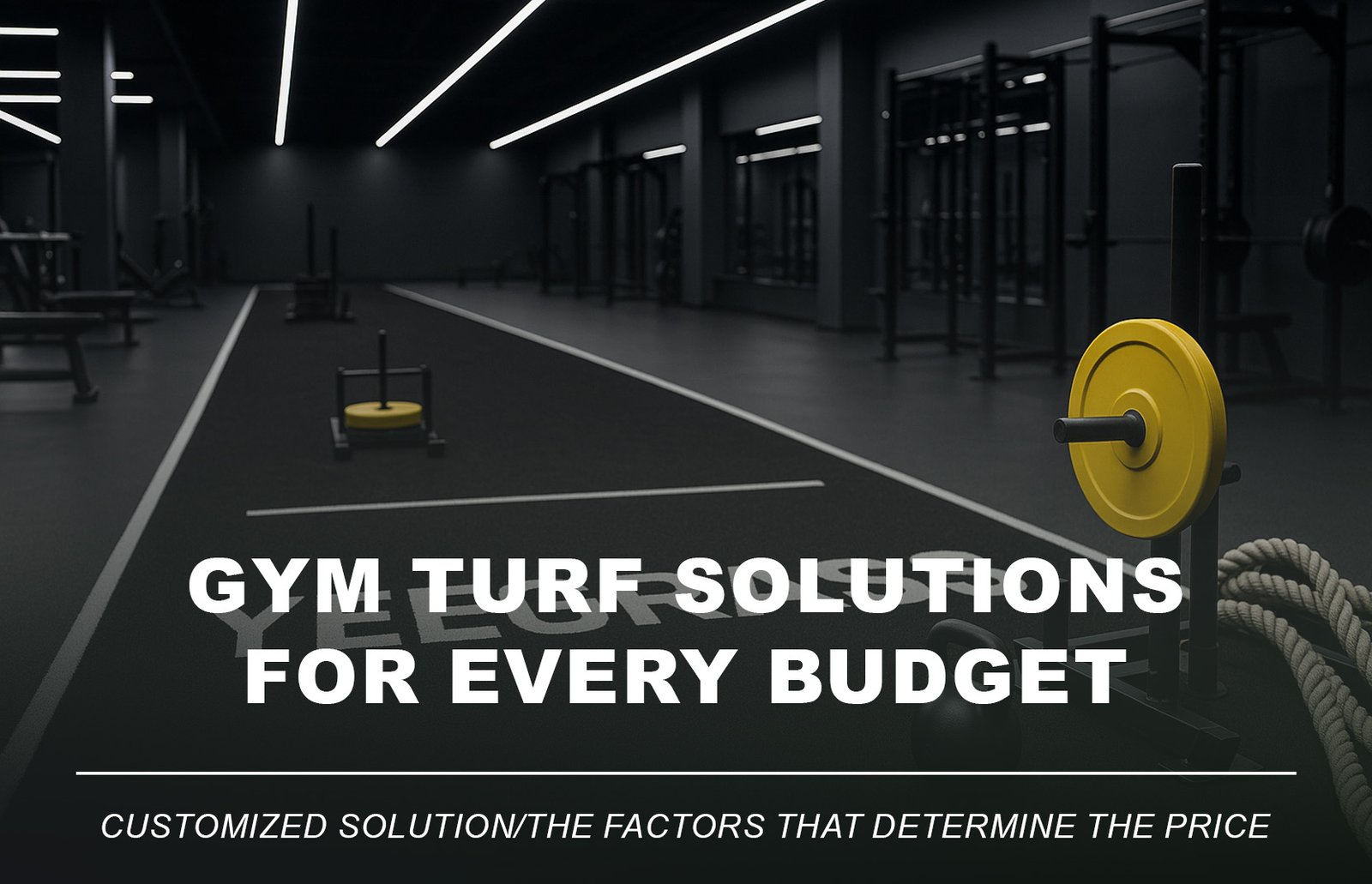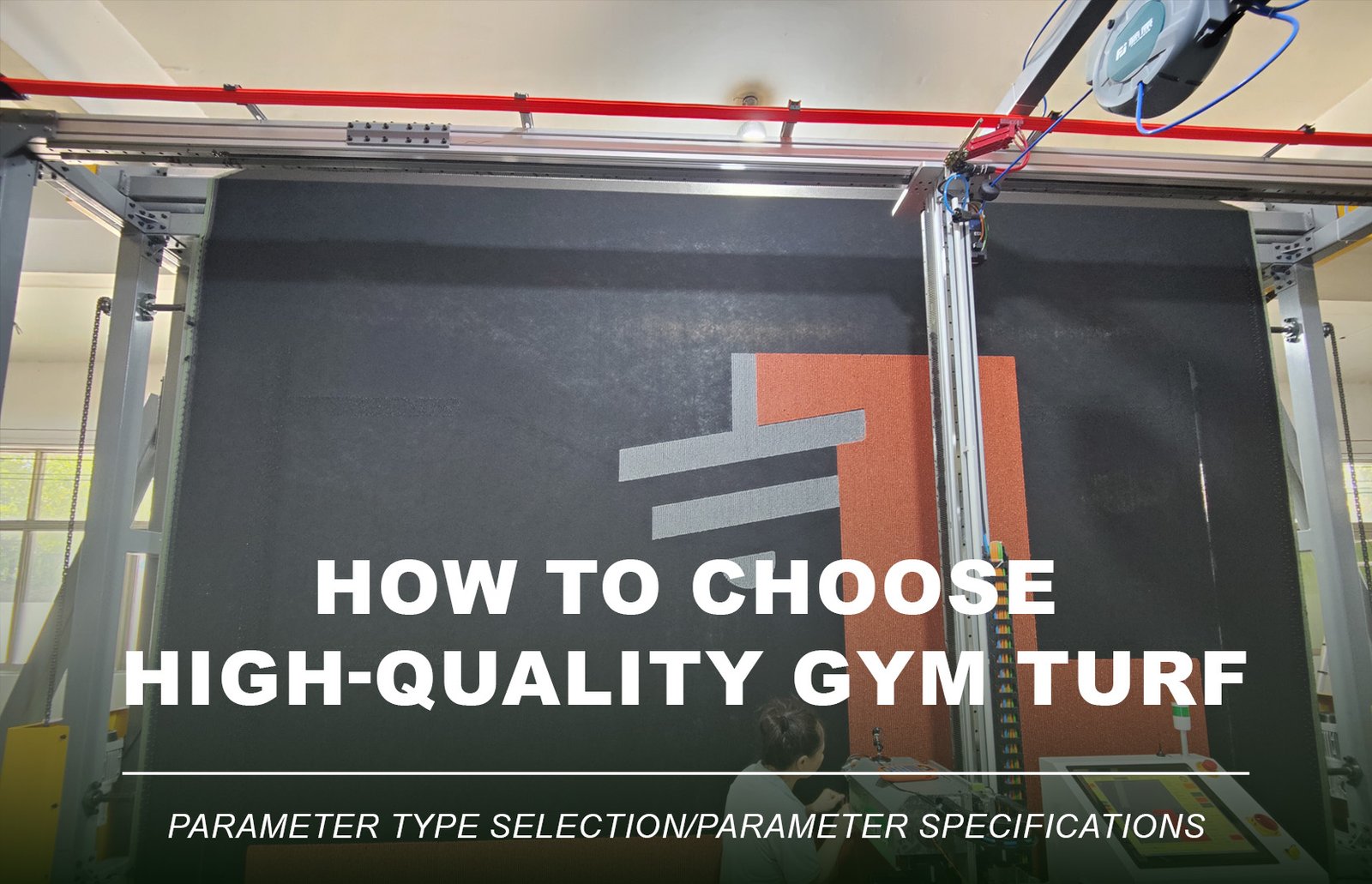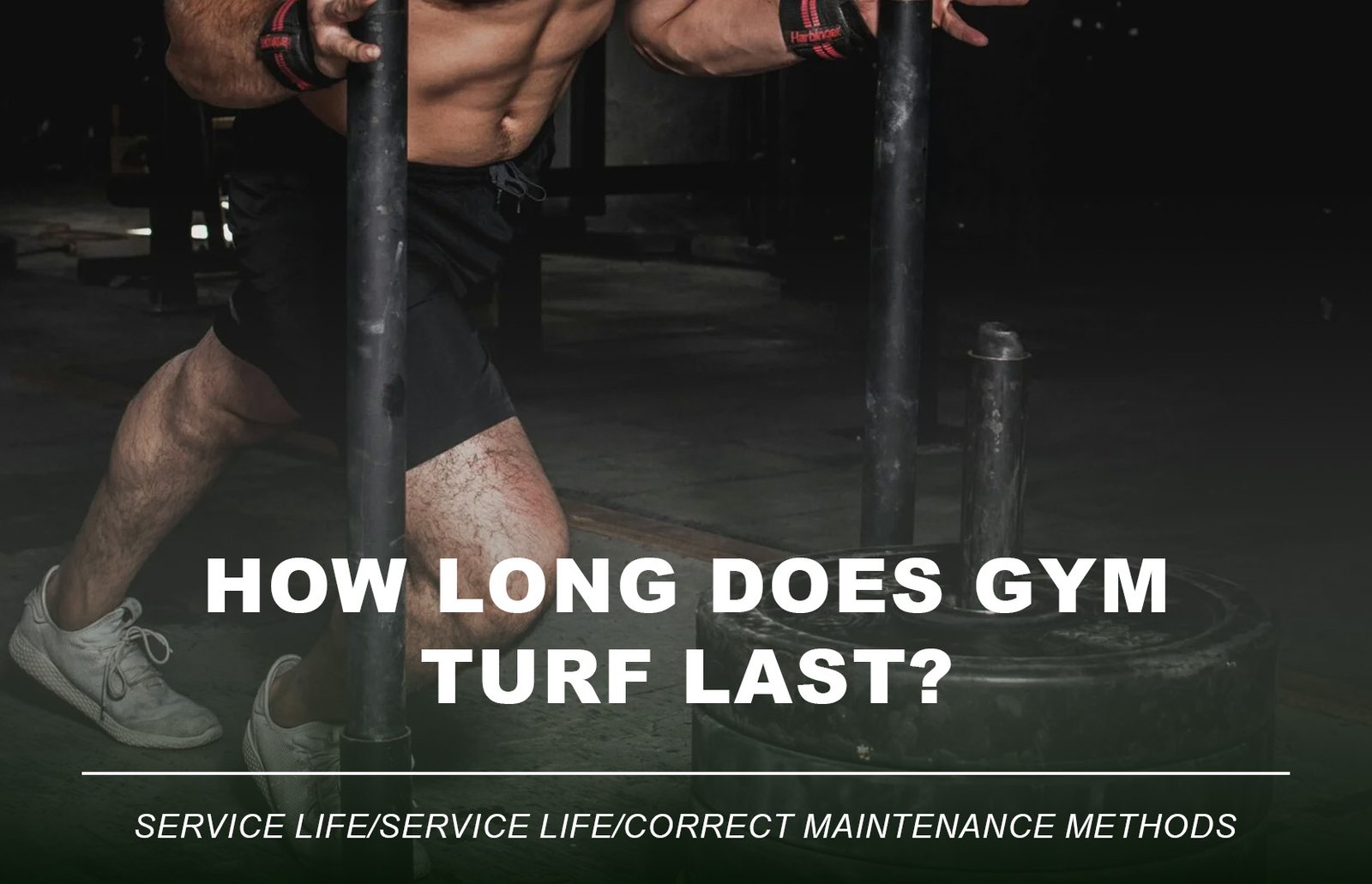
Stop weeds in artificial grass before they start—with proper installation, smart base prep, and easy cleaning. In this guide, you’ll discover how to prevent weeds in synthetic turf using proven strategies, including weed barriers, sub-base tips, and long-term maintenance of artificial grass to keep your lawn clean, safe, and truly low-maintenance.
1. Why Do Weeds Appear in Artificial Grass?
Artificial grass is often considered low-maintenance, but without proper planning, weeds in fake grass can still grow. Here’s how it happens:

- Through drainage holes, seams, or unsealed turf edges
- From below, when vegetation or old roots weren’t removed
- On the surface, when organic matter like leaves or pollen decomposes
- If no weed membrane for artificial lawn is installed
These issues make complete prevention difficult—but the right steps can nearly eliminate weed growth.
2. How to Prevent Weeds in Artificial Grass: 5 Proven Methods
(1) Properly Prepare the Base
Effective artificial turf base preparation prevents regrowth and promotes drainage:

- Remove all vegetation and roots
- Apply a compacted sub-base (e.g., crushed granite or limestone)
- Use a plate compactor to flatten and stabilize the surface
A solid sub-base is essential to keep artificial grass weed-free long-term.
(2) Install a High-Quality Artificial Grass Weed Barrier
Using a weed barrier for synthetic turf (also called geotextile fabric or landscape membrane) is the first step in weed control for artificial grass.

- Select a breathable, UV-resistant non-woven fabric
- Avoid plastic sheeting that traps water
- Overlap sheets and pin them securely to the ground
(3) Secure Turf Edges and Close Seams
Weeds can grow through artificial grass seams if left open:

- Join turf rolls tightly using seaming tape and turf adhesive
- Fix edges with U-pins or galvanized nails every 20–30 cm
- Ensure turf overlaps slightly along the perimeter
(4) Clean the Turf Surface Regularly
Maintaining artificial grass is essential for weed prevention:

- Remove leaves and debris weekly using a blower or rake
- Rinse turf occasionally to eliminate dust and biofilm buildup
- Use a stiff broom to lift blades and dislodge settled debris
Neglected organic buildup can become a growing medium for wind-borne seeds.
(5) Spot-Treat Weeds Safely When Needed
Even with precautions, you may see occasional weeds in artificial turf. Handle them early:

- Pull weeds manually or use a natural weed killer for artificial grass (e.g., vinegar solution)
- Avoid strong herbicides or oil-based sprays that damage turf fibers
- Use boiling water only in isolated spots
3. Common Mistakes That Let Weeds In
Avoid these common installation errors that invite weed growth in synthetic lawns:




- No weed barrier installed under artificial grass
- Seams left loose or open
- Soil not compacted before turf laying
- Organic debris left to accumulate
Tip: Quality installation is the most effective form of weed control for fake grass.
4. Artificial Grass vs Natural Grass: Weed Control Comparison
| Feature | Artificial Grass (with weed barrier) ✅ | Natural Grass ❌ |
| Weed Growth Frequency | Very Low | High |
| Removal Difficulty | Easy (spot treatment) | Constant pulling/spraying |
| Maintenance Time | Low (monthly) | High (weekly) |
| Chemical Use | Optional | Often needed |
| Seasonal Impact | Minimal | Weeds thrive in spring/rainy seasons |
Verdict: For homeowners seeking easy weed control landscaping, artificial grass offers a much lower maintenance path.
5. Recommended Weed Prevention Products for Artificial Grass
Make your turf installation complete with these weed control for artificial turf essentials:

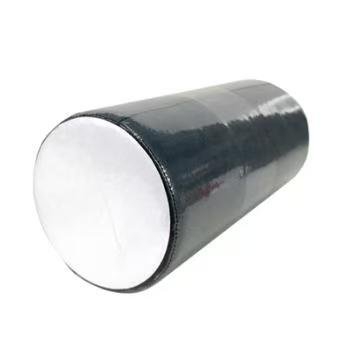


- Weed Barrier Fabric (≥100gsm, UV-resistant, permeable)
- Turf Seam Tape & Adhesive Glue
- U-Pins / Turf Nails for edge security
- Non-toxic Natural Weed Spray (safe for pets & kids)
6. Frequently Asked Questions (FAQ)
Q1: Do I really need a weed barrier under artificial grass?
Yes—especially on natural soil. A weed membrane blocks sunlight and root penetration from beneath.
Q2: Can weeds grow through turf seams?
They can if seams are poorly sealed. Always use seam tape and glue to close gaps tightly.
Q3: What’s the best way to clean debris from turf?
Use a leaf blower for dry waste and a broom for stuck-on material or matted blades.
Q4: What if weeds appear even after using a barrier?
Occasionally, wind-blown seeds may sprout. Use eco-friendly turf weed killer or remove them by hand.
7. Final Thoughts: Stop Weeds Before They Start
While artificial grass weed control requires upfront effort, it pays off. With the right weed membrane, proper ground preparation for turf, and consistent care, your synthetic lawn can remain beautifully weed-free for years. Enjoy a truly low-maintenance lawn—without the hassle of pulling weeds ever again.
